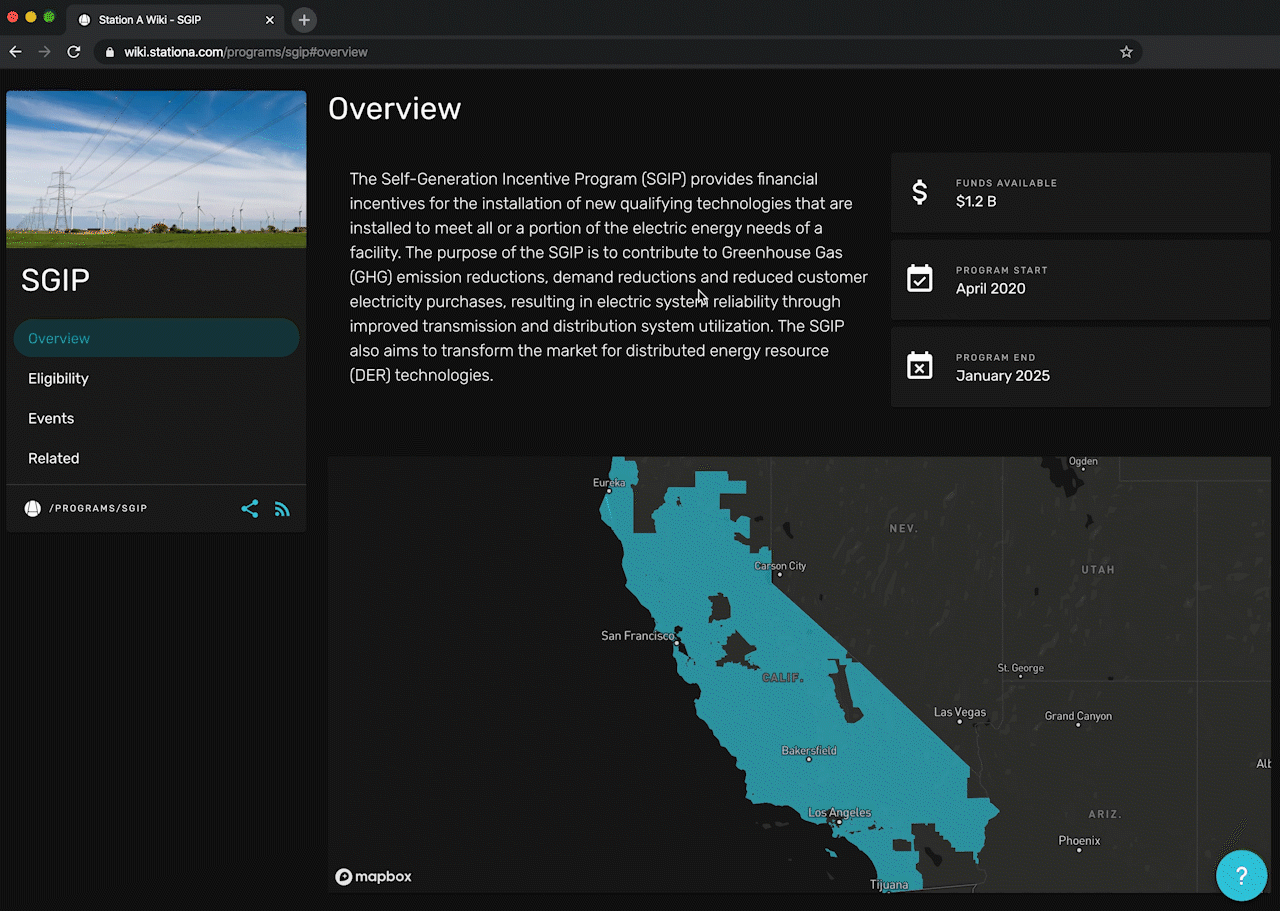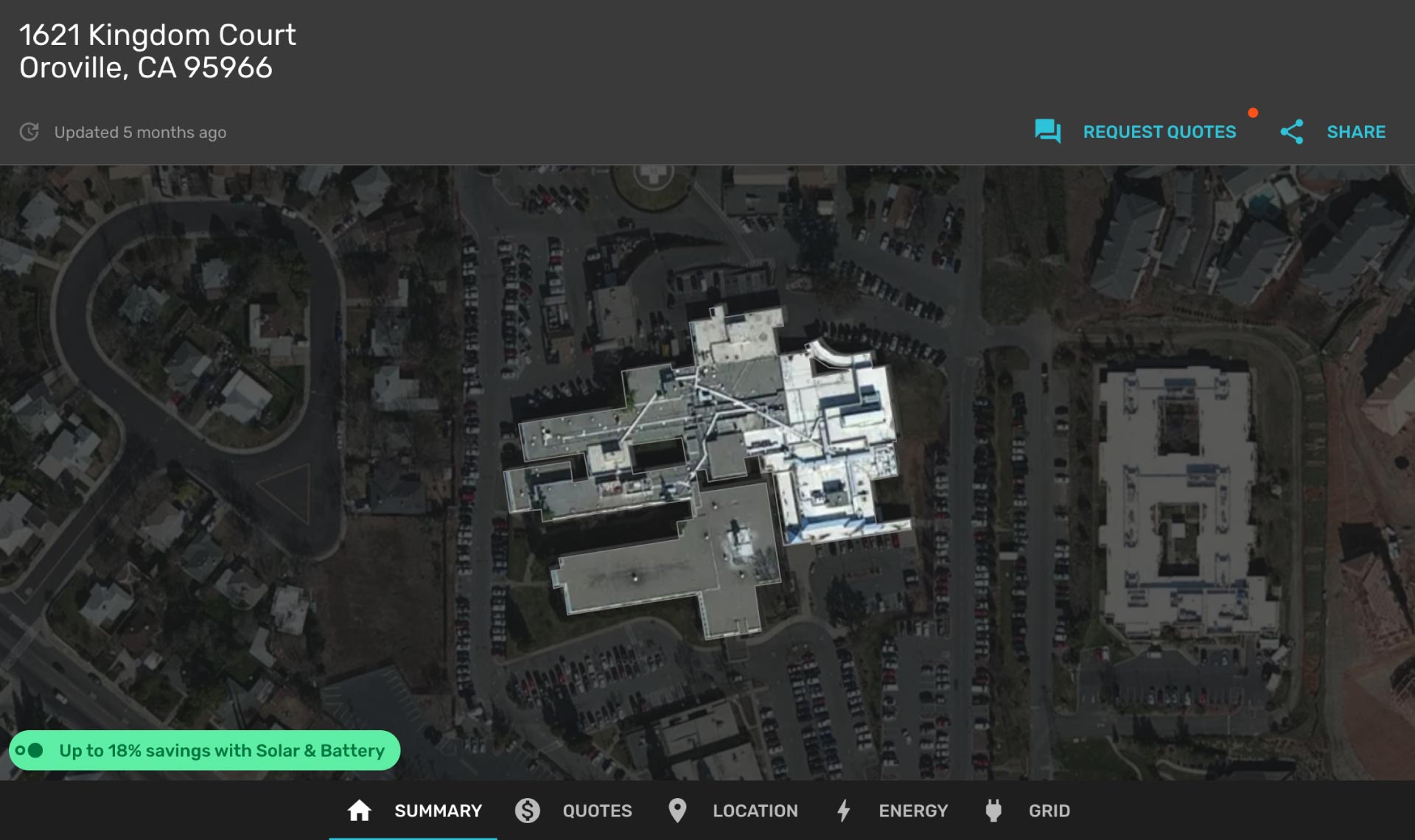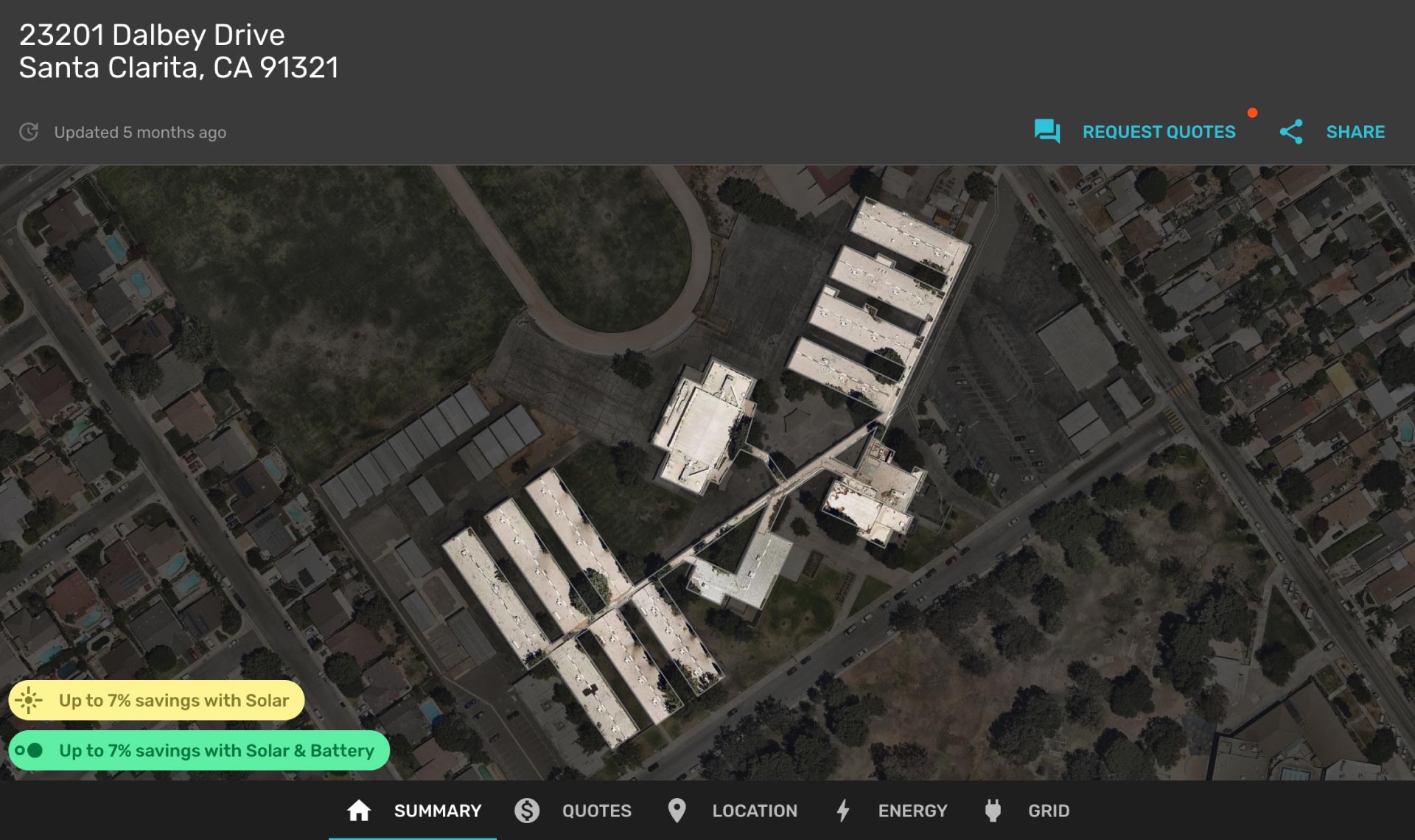California’s Self-Generation Incentive Program (“SGIP”) has, in many respects, single-handedly built one of the strongest and most robust distributed energy storage markets in the world. Back in 2001 when SGIP was established, the original intent was to incentivize customers to reduce electricity use at peak times and provide relief to the grid.
The program continues to evolve to support the needs of the community and grow the clean energy market, and is now directing funding towards communities in need: disadvantaged communities who are also at a high-risk of fire-related forced power shutoffs. This all adds up to create one of the world’s largest energy storage markets right here in California.
🔬 Understanding the new incentives
Over the next five years, over $1B is being offered to help install energy storage that will reduce electricity costs, increase resiliency, and reduce greenhouse gas emissions. There are now several incentive tiers available to residential, commercial, and industrial buildings. These tiers are broken down by system size and building location, covering anywhere from 15% to 200% of an installed energy storage system’s cost. SGIP incentives can also be leveraged for increasing a building’s resiliency, covering 4-hour energy storage systems and storage combined with renewable generation.
The buildings that stand to benefit include single-family and multi-family homes, public safety facilities, healthcare providers, utilities, community centers, shelters, local or state government, educational institutions, non-profit organizations, and small businesses. To put it in perspective, a building eligible for the lucrative “Equity Resiliency” tier can receive the highest incentive amount, for which over $500M have been allocated.
When it set the “Equity Resiliency” tier at $1,000/kWh, the California Public Utilities Commission (“CPUC”) intended for it to “fully or nearly fully subsidize the installation of a storage system.” That means that buyers in California that are most in need will essentially receive free batteries!
Let’s take a look at how much of the total installed cost the “Equity Resiliency” tier can cover, based on the buyer’s goal and Station A’s market pricing for fully installed systems:
-
For buyers looking to reduce electricity costs:
- Total installed cost from $500/kWh to $800/kWh
- SGIP “Equity Resiliency” covers from 125% to 200% of total installed cost
-
For buyers looking to reduce electricity costs and increase resiliency:
- Total installed cost from $500/kWh to $1,050/kWh
- SGIP “Equity Resiliency” covers from 95% to 182% of total installed cost
🚧 Challenges for buyers and sellers
Since the announcement of the new SGIP incentives, we have seen two reactions:
- Enthusiasm and excitement over the opportunity to deploy energy storage at scale across California.
- Broad market confusion around who benefits from these high incentives because of the complex criteria associated with their eligibility.
It’s difficult for buyers in the market to know whether they can receive the incentive, what it covers, and how to connect with a qualified seller to provide them with the best storage solution. It’s also hard for the sellers in the market to figure out which incentive might apply to a given building so they can sell their solutions to a buyer most effectively. This is all compounded by the dense 134-page SGIP handbook.
To highlight these reactions, we’re asked everyday by the sellers, channels, and buyers in the Station A Network to help shine a light on the benefits that these SGIP incentives can provide to the market, mitigating confusion and enabling efficient deployment of capital and clean energy technology.
🔑 Unlocking SGIP with Station A
We spun Station A out of NRG in 2018 with the mission to transition the world to 100% clean energy. Core to this mission is bringing transparency to the transition and making clean energy more accessible. We strive to be an arbiter of truth. In this vein, we’re releasing a new free application that helps anyone calculate which SGIP incentive tier is likely available for any building in California, and how much of the typical cost of an energy storage system this incentive would cover.
We essentially take the 134-page SGIP handbook and translate it into only a few easy-to-answer questions. The result is an indication of what incentive tier would likely apply to any building in California. You can access this new application here.
 Assessing SGIP eligibility in seconds with the Station A SGIP Assistant.
Assessing SGIP eligibility in seconds with the Station A SGIP Assistant.
Here are a few examples of how Station A’s indication of likely SGIP incentive tier can be leveraged by the market. You can see some of these examples live in a webinar we recently recorded with Energy Toolbase.
Oroville Hospital
A healthcare facility in Northern California located in Oroville that has experienced two or more fire-related power shutoffs, and serves a low-income or disadvantaged community. Using the Station A SGIP Assistant, Oroville Hospital would likely receive the maximum SGIP “Equity Resiliency” incentive of $1,000/kWh, covering 100% of an energy storage system cost. Based on additional analysis in the Station A App, Oroville Hospital could potentially add a 680 kW solar system, generating 29% of its electricity on-site, and potentially saving as much as 18% on its electricity bill annually.
 Analyzing the Oroville Hospital in the Station A App.
Analyzing the Oroville Hospital in the Station A App.
Placerita Junior High School
A middle school in Southern California located in Santa Clarita that falls in a CPUC-designated high fire-threat district, and serves a low-income community. Using the Station A SGIP Assistant, Placerita Junior High would likely receive the “Equity” incentive of $850/kWh, covering at least 85% of an energy storage system cost. If Placerita Junior High is also designated as a community shelter or has experienced two or more fire-related forced power shutoffs, they would likely receive the full “Equity Resiliency” incentive. Based on additional analysis in the Station A App, Placerita Junior High could potentially add a 740 kW solar system, generating 37% of its electricity on-site, and saving as much as 7% on its electricity bill annually.
 Analyzing the Placerita Junior High School in the Station A App.
Analyzing the Placerita Junior High School in the Station A App.
It is worth noting that additional nuances to eligibility exist in some cases, and a buyer always needs to confirm with their utility or SGIP program administrators before making investment decisions. While these examples highlight the most lucrative incentives, there are various other available tiers that also provide affordable clean energy to any buyer.
🎯 Connecting the dots with Station A
The natural next question is: what does someone do with this information? If you’re a buyer, you can call around to local energy services companies or solar installers. If you are a seller, you can “spray and pray”. Alternatively, we’re working on helping you connect the dots.
For buyers, we will enable you to transparently solicit market quotes in the Station A Marketplace from qualified sellers. Given interest, we will then connect you directly with these sellers. For sellers, you will be able to use Station A as your portal to access SGIP demand more efficiently, drive down your soft costs, and build more projects.
Our goals are to level the playing field, educate everyone on SGIP, and make the eligibility assessment quick, transparent, and shareable. We hope to make these lucrative incentives more accessible and enable buyers to deploy clean energy in a way that adds direct value to their buildings.
We’re already seeing significant interest in understanding SGIP eligibility, with over 500 buildings assessed by users in one week, representing over $500M in potential projects!
If you have an address you would like to assess or have an interest in market quotes, please join us in enabling the transition to 100%.
